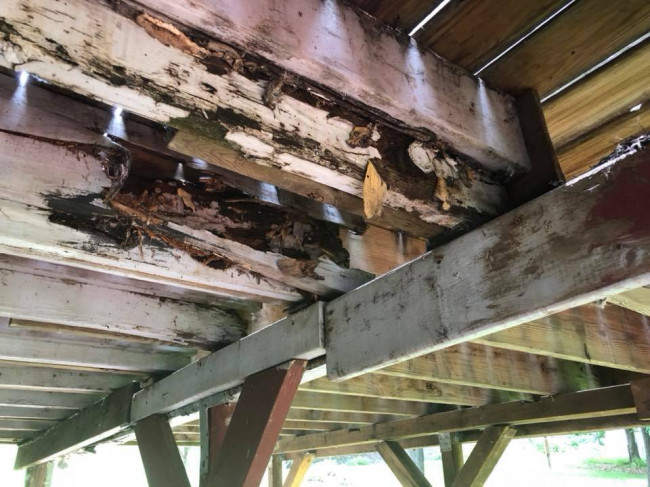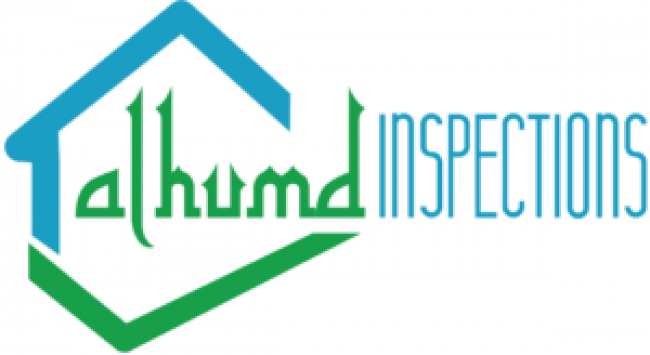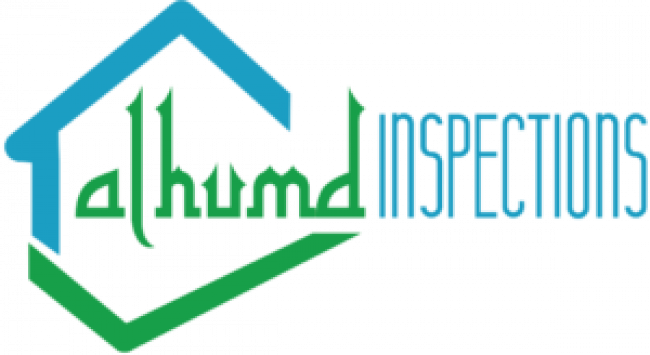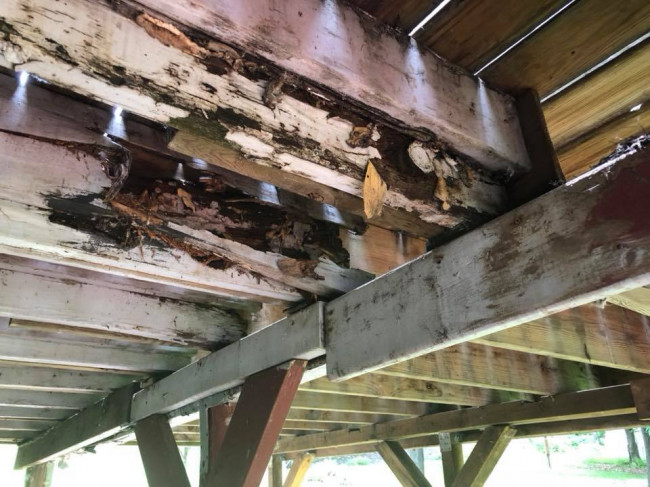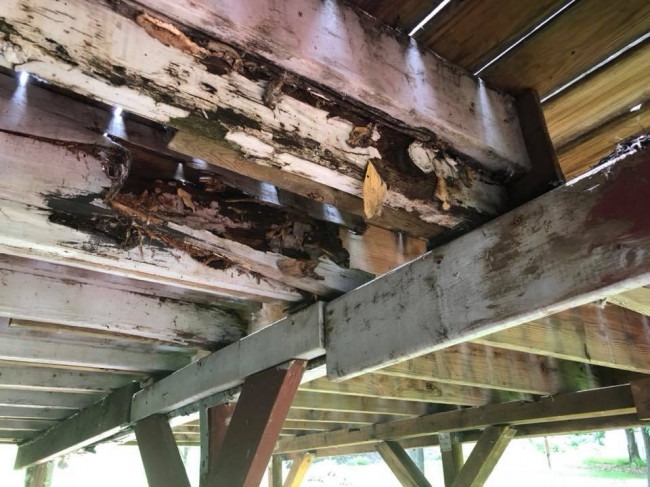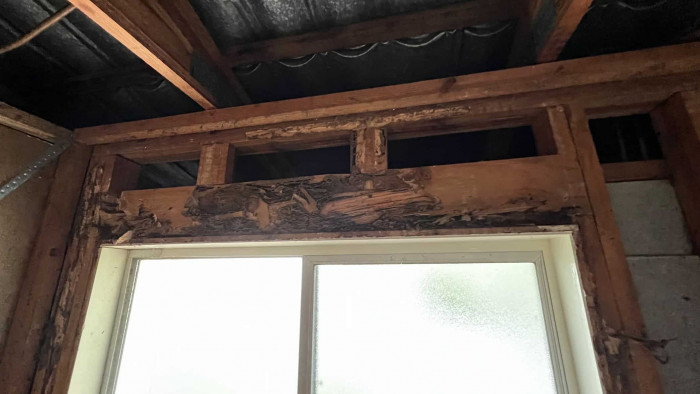
Termites are a significant concern for homeowners in the USA, as these pests can cause extensive damage to structures if left unchecked. Termite inspections are crucial in identifying and mitigating infestations before they result in costly repairs. This article explores the various aspects of termite inspection, providing a comprehensive guide to understanding and managing termite threats.
Types and Categories of Termites
Subterranean Termites: These termites live underground and build mud tubes to reach food sources above ground. They are the most common type of termite in the USA and are particularly prevalent in warmer, southern states.
Drywood Termites: Unlike subterranean termites, drywood termites do not require contact with soil and infest dry wood. They are commonly found in coastal and southern regions.
Dampwood Termites: These termites prefer wood with high moisture content and are typically found in damp, decaying wood. They are less common and usually found in the Pacific Coast and adjacent states.
Formosan Termites: A particularly aggressive and destructive type of subterranean termite, Formosan termites are known for their large colonies and extensive damage potential. They are primarily found in the southern USA.
Symptoms and Signs of Termite Infestation
Mud Tubes: Subterranean termites build mud tubes as protective pathways between their nests and food sources. These tubes are often found on foundation walls or in crawl spaces.
Wood Damage: Termite-infested wood may appear hollowed out along the grain and may be soft to the touch.
Swarmers: Reproductive termites, or swarmers, are often one of the first signs of a termite problem. They typically appear in large groups during the spring and early summer.
Frass (Termite Droppings): Drywood termites leave behind small, pellet-shaped droppings called frass. These can often be found near the site of the infestation.
Hollow-Sounding Wood: Tapping on wood that has been infested by termites often produces a hollow sound, indicating internal damage.
Buckling Paint or Wallpaper: Termites can cause paint or wallpaper to bubble and peel due to the moisture they introduce into the wood.
Causes and Risk Factors
Moisture: Termites thrive in moist environments, so areas with high humidity or frequent water exposure are at greater risk.
Wood-to-Ground Contact: Direct contact between wood structures and soil provides easy access for subterranean termites.
Geographical Location: Termite prevalence varies by region, with southern and coastal states experiencing higher levels of activity.
Climate Conditions: Warm, humid climates are more conducive to termite activity and reproduction.
Diagnosis and Tests
Visual Inspection: A thorough visual inspection by a trained professional can identify signs of termite activity and damage.
Termite Detection Devices: Specialized devices such as infrared cameras and moisture meters can help detect termites in areas that are not easily visible.
Moisture Meters: These tools measure moisture levels in wood, which can indicate termite presence since termites often increase moisture levels.
Acoustic Emission Devices: These devices detect the sound of termites chewing through wood, allowing for early detection of infestations.
Treatment Options
Chemical Treatments
Liquid Termiticides: These are applied around the perimeter of a home to create a barrier that kills termites on contact.
Termite Baits: Baits are strategically placed around the property to attract and poison termites, which then spread the poison to the colony.
Non-Chemical Treatments
Heat Treatment: This involves heating the infested area to a temperature lethal to termites.
Cold Treatment: Freezing the infested area can also kill termites.
Microwave Treatment: Microwaves are used to heat and kill termites within the wood.
Integrated Pest Management (IPM): This approach combines multiple strategies, including chemical and non-chemical treatments, to manage termite populations effectively.
Preventive Measures
Reducing Moisture Levels: Addressing leaks, improving drainage, and using dehumidifiers can reduce the moisture that attracts termites.
Sealing Cracks and Crevices: Sealing entry points can prevent termites from gaining access to the home.
Regular Inspections: Scheduling regular termite inspections near me can help catch infestations early before they cause significant damage.
Proper Ventilation: Ensuring proper ventilation in crawl spaces and attics can reduce moisture levels and discourage termites.
Using Termite-Resistant Materials: Building with termite-resistant materials like treated wood can help prevent infestations.
Personal Stories or Case Studies
Homeowner Experiences with Termite Infestations: Sharing stories from homeowners who have dealt with termite infestations can provide valuable insights and lessons learned.
Successful Termite Treatment Stories: Highlighting successful termite treatments can offer hope and practical advice to those currently dealing with infestations.
Lessons Learned from Termite Damage: Discussing the impact of termite damage and the importance of preventive measures can underscore the value of regular inspections.
Expert Insights
Quotes from Pest Control Experts: Including quotes and advice from pest control professionals can add authority and credibility to the article.
Advice on Choosing a Termite Inspection Service: Providing tips on how to select a reputable termite inspection service can help readers make informed decisions.
Tips on Preventing Termite Infestations: Offering practical tips on preventing termite infestations can empower readers to take proactive measures.
FAQs About Termite Inspection in the USA
1. What is a termite inspection?
A termite inspection is a thorough examination of a property by a licensed professional to identify any signs of termite activity or damage. Inspectors look for visible signs such as mud tubes, wood damage, and termite droppings, as well as use specialized tools to detect hidden infestations.
2. How often should I have my home inspected for termites?
It is recommended to have a termite inspection at least once a year. However, if you live in a region with a high termite risk or have had previous infestations, more frequent inspections may be necessary.
3. What are the common signs of a termite infestation?
Common signs of a termite infestation include mud tubes on exterior walls, hollow-sounding wood, frass (termite droppings), swarmers (winged termites), buckling paint or wallpaper, and visible wood damage.
4. What should I do if I find termites in my home?
If you find termites in your home, contact a licensed pest control professional immediately. Do not disturb the termites or their mud tubes, as this can cause them to relocate and make eradication more difficult.
5. How long does a termite inspection take?
A typical termite inspection can take anywhere from 30 minutes to a few hours, depending on the size of the property and the extent of the infestation.
6. Are termite inspections covered by homeowners insurance?
Most homeowners insurance policies do not cover termite damage or inspections, as termites are considered a preventable issue. However, it is best to check with your insurance provider for specific coverage details.
7. How much does a termite inspection cost?
The cost of a termite inspection can vary based on the size of the property and the location. On average, homeowners can expect to pay between $75 and $150 for a standard inspection.
8. What are the most effective treatments for termites?
Effective treatments for termites include liquid termiticides, termite baits, heat treatments, cold treatments, and microwave treatments. The choice of treatment depends on the type and severity of the infestation.
9. Can I perform a termite inspection myself?
While homeowners can perform basic checks for signs of termite activity, a professional inspection is recommended for a thorough and accurate assessment. Professionals have the experience and tools needed to detect hidden infestations.
10. How can I prevent termites from infesting my home?
To prevent termites, reduce moisture levels around your home, seal cracks and crevices, ensure proper ventilation, use termite-resistant materials, and schedule regular professional inspections. Removing wood-to-ground contact and maintaining a clean yard can also help deter termites.
Conclusion
Recap the main points discussed in the article, emphasizing the importance of regular termite inspections and preventive measures.Encourage readers to schedule regular termite inspections to protect their homes from damage.Provide links to additional resources for readers who want to learn more about termite prevention and treatment.
Alhumd Inspections
Best Termite Inspection in USA at an Affordable Price and offer 20$ in the first home inspection. Call us today (667) 686 -7281

